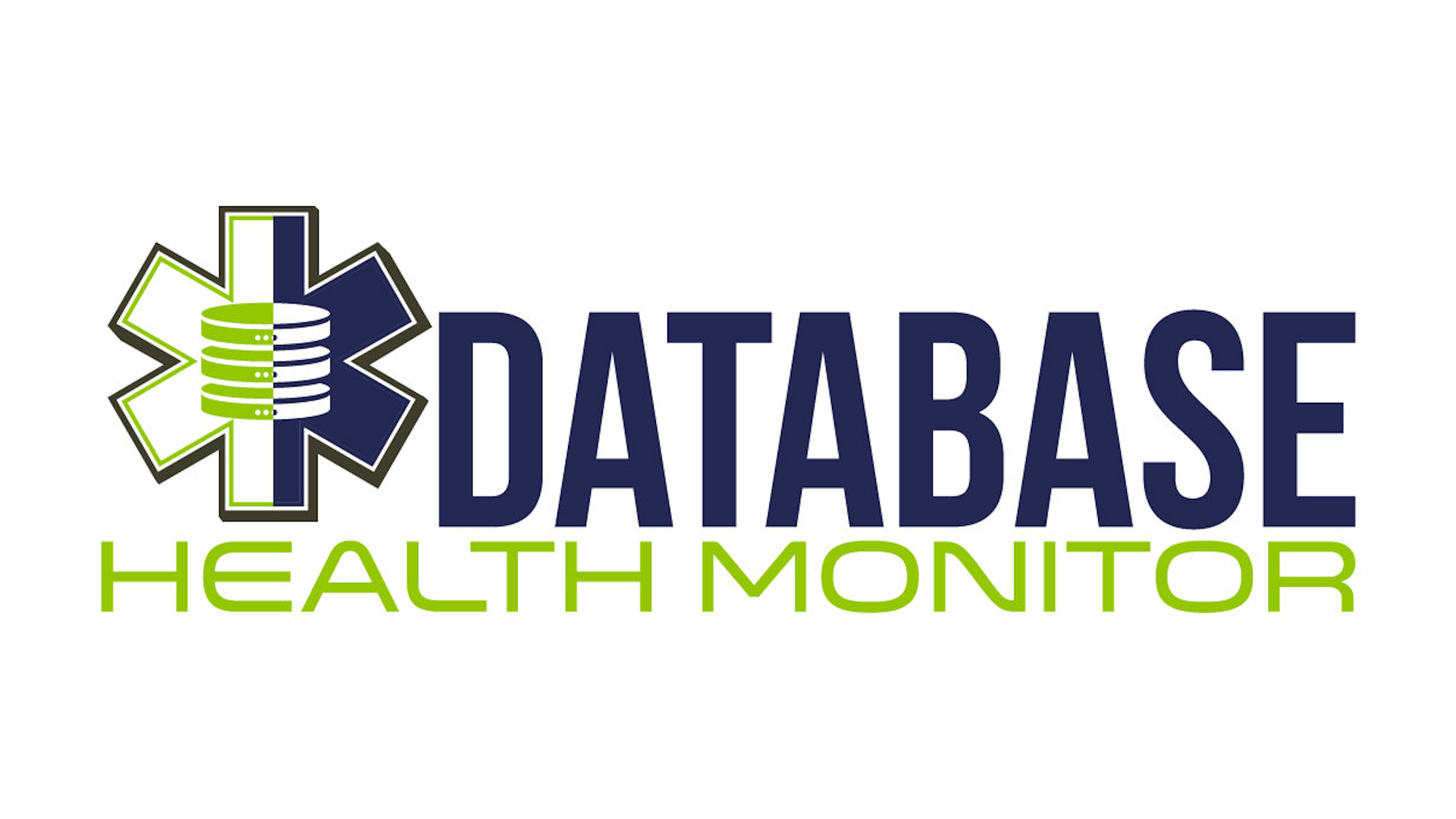SQL Server Corruption: What Causes Corruption
There are several common causes of database corruption in SQL Server, including: * Hardware failures: Hard drives, memory chips, or other hardware components can fail, causing data to be lost or damaged. * System crashes: Power failures, blue screens, or other system crashes can cause corruption in a SQL Server database. * Software bugs: Software bugs can cause corruption in …







